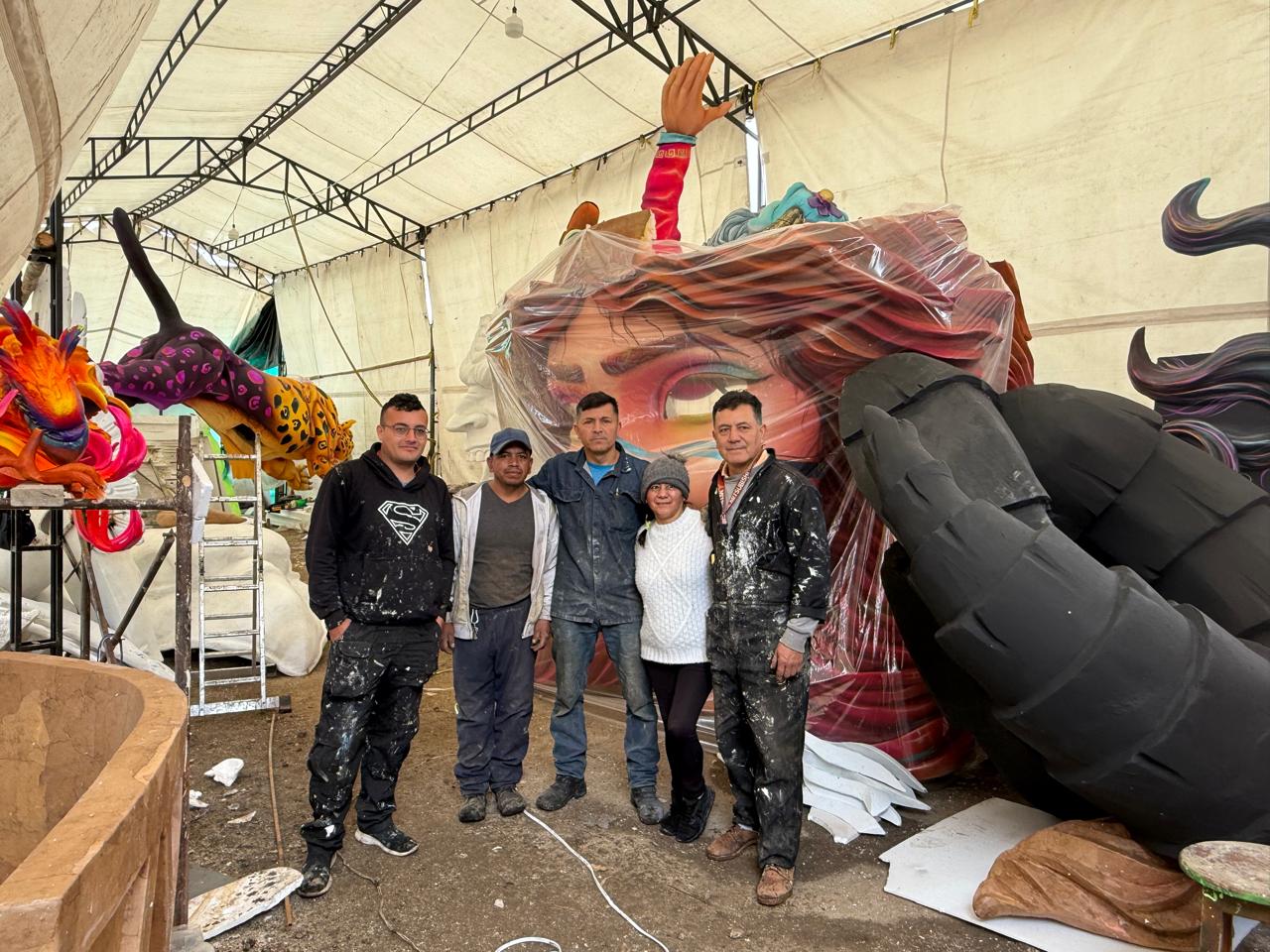
Solitude, the pregnant Black slave who became a symbol of the fight against slavery
The Black Lives Matter movement has changed the way we walk around the city and repair oblivion. Even when it comes to the Parisian street imperialist.
There is as much history in a Parisian street as there are boulangeries on street corners. People often walk, shop, stop strangers and ask them the time, living in a fast-paced present that always pushes them into the future, but never into the past they are passing through.
The Parisian Rue Jacques François Dugommier is nothing special. It is neither pretty nor very ugly; there is a bank branch, a car dealership, a hotel and a laundromat. You'd walk past it as if it were nothing if it and its nearby metro station were not named after one of the biggest slavers on the island of Guadeloupe, which until 1946 was a French colony and is now an overseas department of the Republic of France.
Located 600 kilometers north of the coast of South America and southeast of the Dominican Republic, Guadeloupe was named by Christopher Columbus — what a surprise — but before that its Creole name was "Karukera," which means "the island of beautiful waters".
The island's waters were muddied by colonization and the enslavement of its inhabitants until 2007, when France was still debating its possible independence.
But this is not the story of an island, nor is it the story of the slave trader Dugommier, although the two are closely related through a woman who was buried by history and brought back to the present by the global rise of the Black Lives Matter movement.
Her name was Solitude, she was a slave and she was pregnant. And she was also the symbol of a revolution. Her statue, the first of a Black woman to be erected in the city, has stood since September 2020 in the public garden named after her, unveiled by the mayor of Paris, Anne Hidalgo — of Spanish descent.
It was said that Solitude had a different color for each eye and that she was born, most likely the result of a white sailor's abuse of a black slave girl, her skin was lighter than the rest, which gave her certain advantages as a child, although she ended up following the fate of the rest. A destiny she was going to resist.
RELATED CONTENT
Guadeloupe had ceased to be a land of slaves during the French Revolution, but under the megalomaniac empire of Napoleon Bonaparte an expedition landed in the colony and re-established it. Having known freedom, many former slaves refused to bow down and revolted.
There were men and also many women, and among them was Solitude, who was only a few months pregnant and joined the fight.
However, the insurgents could do little against the French army. After the defeat, Solitude was arrested and sentenced to death.
Her sentence was carried out on Nov. 29, 1802. Just a day after giving birth, she was executed by hanging and her death marked the end of the struggle and the return of the dissidents to their status as slaves. But it also made her a symbol of resistance.
Today this small garden in the 17th arrondissement, where almost 80 years ago the sculpture of General Alexandre Dumas — a man of African descent — was destroyed by the Nazis when they occupied Paris, is called the Garden of Solitude.
Another way of repairing oblivion. Or, as the French actor Jacques Martial said:
"It is not a question of dismantling statues, but of getting to know history in both its positive aspects and its shadows. More than breaking up, it is about adding presences in public spaces that tell the story.











LEAVE A COMMENT: